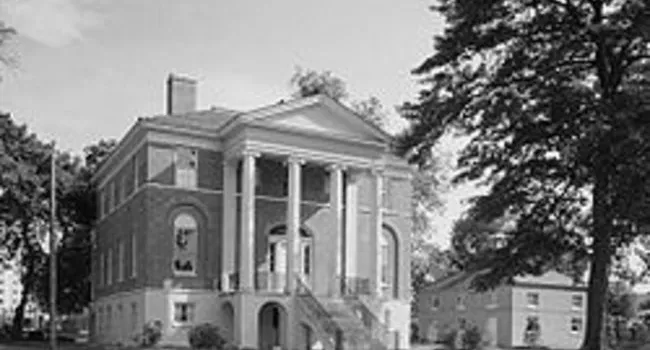
Audio
“R” is for Robert Mills House [Columbia]. A National Historic Landmark, Columbia’s Robert Mills House is most noted for its association with the first American-trained architect and the first federal...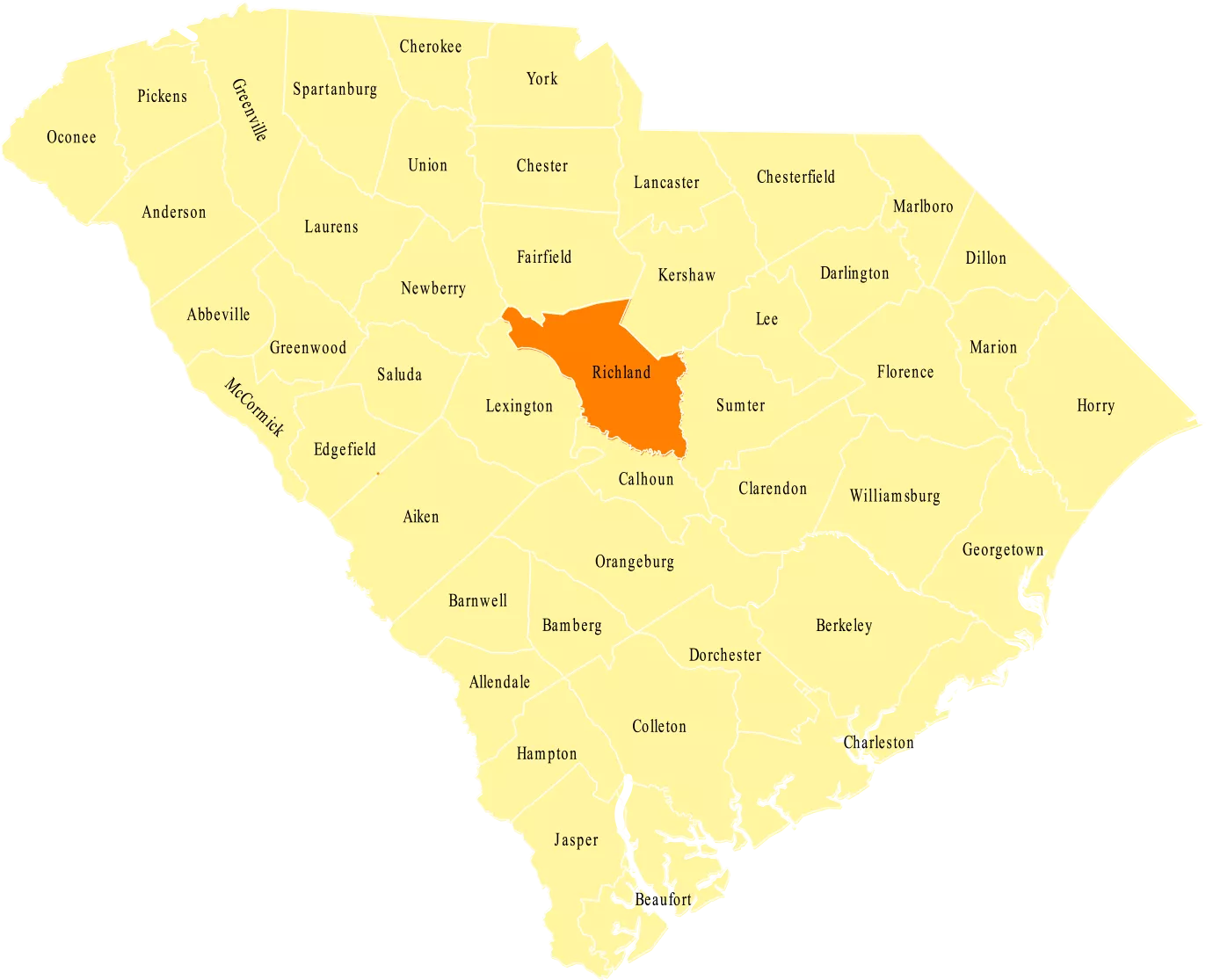
Richland County lies in the South Carolina midlands. Its county seat, Columbia, also serves as the state capital.
The county was founded in 1785 within the Camden District, and its name most likely refers to the “rich land” of the county. In 1791, Richland County became smaller when land previously belonging to this county was added to Kershaw County.
During the Civil War, Sherman entered Richland County and occupied Columbia before setting it on fire.
Since its founding, Columbia has served as an economic hub for the state, especially in terms of trade and manufacturing. The county is home to Fort Jackson, Congaree National Park, and multiple lakes and rivers. Notable county residents include Senator Wade Hampton and President Woodrow Wilson.
SOURCES: About Richland County.

Audio
“R” is for Robert Mills House [Columbia]. A National Historic Landmark, Columbia’s Robert Mills House is most noted for its association with the first American-trained architect and the first federal...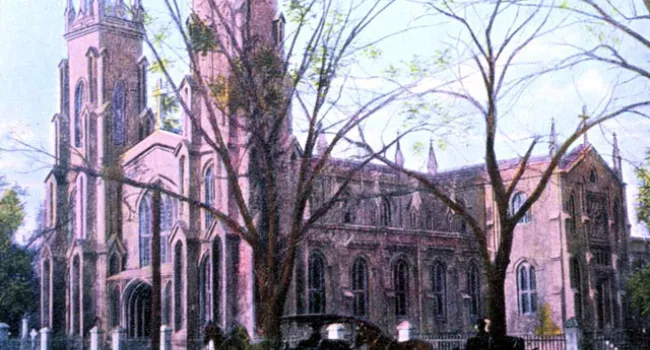
Photo
Trinity Episcopal Church in Columbia, designed by Edward Brickell White (see The Dock Street Theater And St. Philip's Church), built in 1840-1847, in the English Gothic style of architecture. The...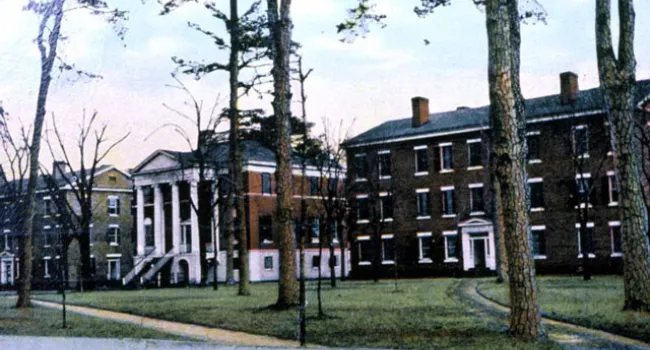
Photo
This house was originally designed by Robert Mills as a residence for Ainsley Hall. At Hall's death, his widow was forced to sell it, and from 1827 until 1929 it served as the Columbia Theological...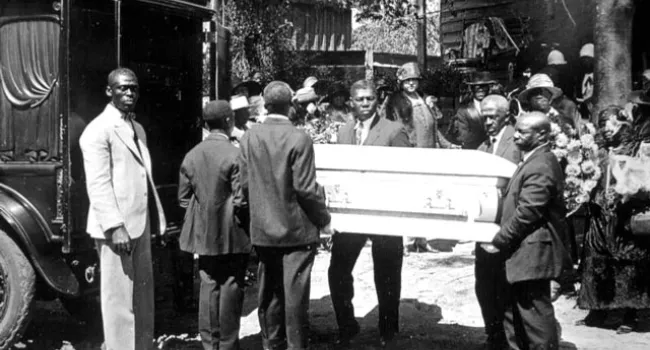
Photo
Funerals were an important social occasion in South Carolina, particularly for the African-American community, where solemn rituals were carried on within the African-American church traditions of...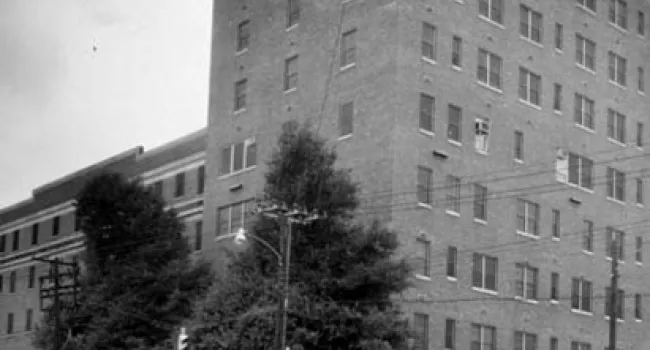
Photo
South Carolina Baptist Hospital, 1519 Marion Street, Columbia, as it appeared around 1960. The hospital had its beginnings on Marion Street as a private infirmary operated by Dr. Augustus B. Knowlton...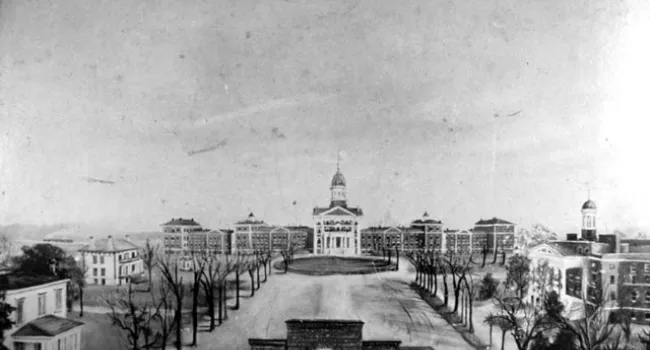
Photo
The State Asylum, Columbia, later known as the State Hospital, as it appeared around 1850. Designed as a "Lunatic Asylum" by Robert Mills and completed in 1828, it was noted for its innovative ideas...
Photo
Aerial view of the University of South Carolina horseshoe in 1948. Women had been admitted to the college in 1895, and in 1906 it once again became a University. After lean years during the Tillmanite...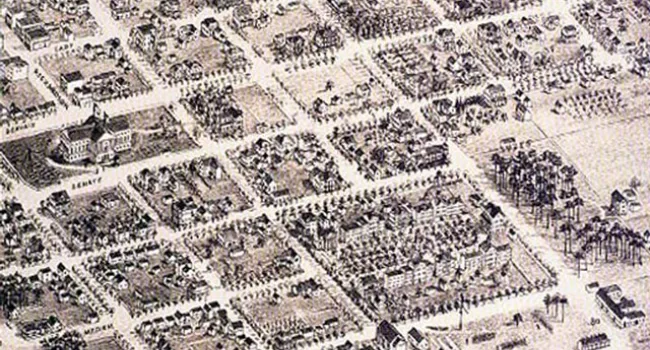
Photo
This detail of a large lithographic map of Columbia published in 1872 shows the campus of the University of South Carolina as it appeared after the Civil War. The Confederate government had taken...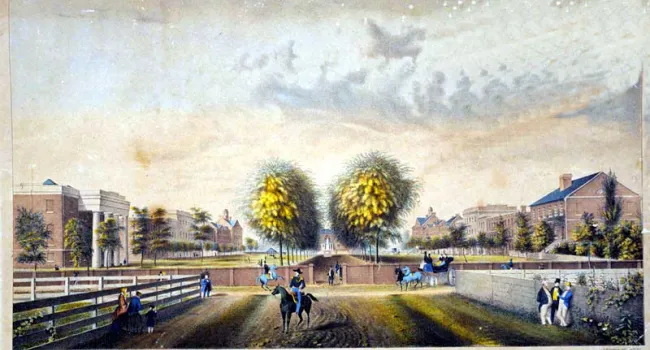
Photo
This colored lithograph portrays the horseshoe of South Carolina College as it appeared in 1853, a half century after its founding. An act to establish the College was passed in December of 1801, but...
Photo
Loulie Shand's kindergarten class, Columbia, early in the 20th century. Photographer Walter L. Blanchard's daughter Ruth is the first girl on the right. Courtesy of the South Caroliniana Library.